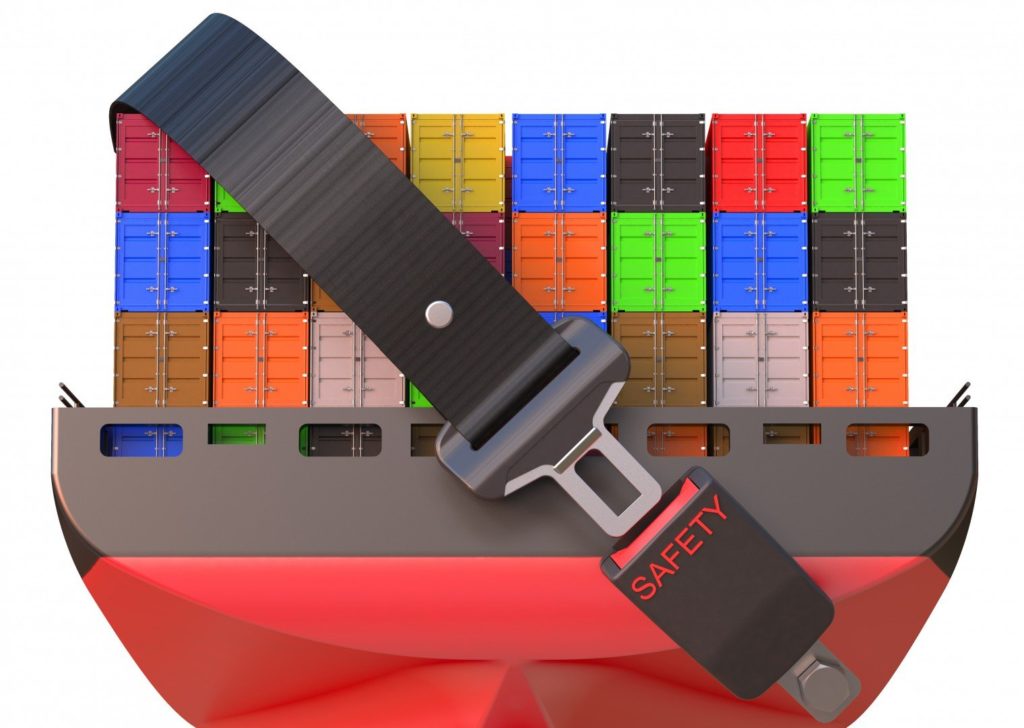
Integrated security is the concept of using a singular unified solution to protect every service that a company runs through a set of common policies and configuration settings. Currently, companies are facing pressure to protect systems and security and prevent breaches that can expose sensitive data. Liability and scrutiny for such breaches are forcing organizations to consider highly integrated solutions that can protect systems in each step of the life cycle. With the financial impact and the loss of reputation that may result from a security breach, companies are looking for ways to improve their security in all areas. Therefore, in today’s fast-paced environment where all types of software systems, including cybersecurity applications, are delivered quickly, organizations must adopt a more integrated process with full-stack containers that are cloud-native, adaptive, and responsive. By incorporating integrated security, the issues commonly associated with scaling, provisioning, and managing, including higher costs and complexity, are reduced, while also increasing control and overall security.
Full stack cloud-native security

Solutions that offer integrated container security in a single solution are gaining traction. Such products tend to be compliant with PCI, HIPPA, NIST, and other regulations and can be customized by end-users to meet specific industry needs. Furthermore, applications are managed to detect and control possible vulnerabilities from the beginning up to the time that these are ready for a production environment, thus allowing companies to address issues before they become actual problems. Many also use the latest technologies, including machine learning, that can provide defensive measures at runtime that adjust to new threats by learning and adapting. Full-stack solutions also have the potential to learn the network topology for the enterprise applications that a company uses and manages and tailors solutions that are guaranteed to meet the needs of organizations.
Docker security solutions

Often, companies need a separation between applications and their current infrastructure. Docker is a platform that allows for such separation where businesses can develop, distribute, and run such software. By streamlining the development lifecycle, the environment that developers use is standardized. This occurs using containers. The effect of the implementation is that the workloads become highly portable where the solution can run on multiple environments. Furthermore, these are lightweight and cost-effective. The underlying architecture works by using a client-server approach communicating through simple methodologies like REST API or sockets where a client establishes communication with the Docker daemon. Ultimately, Docker provides an integrated security framework that allows companies to deliver a product that is secure by creating a new layer. Such delivery also provides governance by creating the ability to comply with standards across organizations and industries.
Container security

Although there are myths that suggest that containers are inherently insecure, the fact is that these tools provide different methods for protecting software. Docker security products provide the level of integrated security that modern applications require. Such requirements include a way to handle compliance, methods to learn and adjust to new threats, and proactivity in securing a container. This occurs through several means, including isolating an application by default where the idea is that the standard configuration is that of least privilege. This limits the access and grants only what the application requires. The consequence of the default restrictions imposed by the container is limited access to the outside environment and limited communication with other resources, thus securing the application and the container under which it runs. When organizations opt for implementing such containers, they should ensure that the solution is truly integrated and can scale for projected growth. Furthermore, these businesses need to understand how their specific environments may be vulnerable and look for solutions that the company can tailor.














